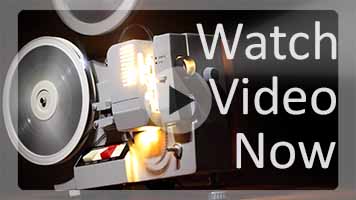It’s hard to study the power and impact of a change model that is focused on everyone remaining anonymous. Started by Bill W., the twelve-step change model is a personal model that was spawned from Bill’s need to free himself from alcohol addiction. It spawned not only Alcoholics Anonymous but numerous other twelve-step groups whose name almost universally ends with anonymous.
Obviously, this is a personal model for change, but the model can be applied to organizational change as well. Despite the religious overtones and the personal nature, the steps connect the Bridges Transition Model with the more formal, stepwise nature of the other models.
The Twelve Steps
The full text of the twelve steps are recorded in the Alcoholics Anonymous Big Book and on various websites. The following are a summary of the steps and the application of these steps in organizational change:
- Admitted Powerlessness – Here, the key is that the change is necessary, because the existing behaviors aren’t working.
- Trust in a Higher Power – This is acceptance that something other than us and our existing behaviors can help us to accomplish the change. The twelve steps are clear that higher power can be anything – even a doorknob – that you trust can make things better. This step is about believing or accepting that change is possible. This is necessary, since many addicts have tried to change on their own power and failed.
- Turning Over – This step is about trusting that the change is possible. It’s one thing to believe or accept that change is possible and something entirely different to trust the change process.
- Moral Inventory – This step is about getting honest. Here, addicts make an assessment that is as honest as possible about their past. In the context of organizational change, this step is about being honest about the strengths and weaknesses of the current situation.
- Tell Someone – Behavioral research supports that you’re more likely to commit to a course of action if you tell someone. In organizational change, Kotter focuses on the need to communicate. While, personally, this step is about communicating where an addict has been, in the corporation, it’s very focused on getting others to accept the real situation the organization finds itself in.
- Character Defects – Here, the focus shifts from what was done in the past and what the current state is to what “character defects” led to the current situation. In organizations, this is a focus on what gaps exist in the organization that are limiting it or putting it at risk.
- Replace the Defects – Knowing what the limitations are a great start; actively working to address them is more useful. In both individuals and organizations, this is about making the limitations hurt less.
- List of Wrongs – Addicts, by nature of their addiction, have harmed others. This step has them identify all those they have wronged. In the context of organizational change, this can be the way that the change will harm the employees of the organization.
- Make Amends – For individuals, this step involves finding way to make amends for their wrongs. For organizations, this looks like finding ways to minimize the negative consequences of change.
- Daily Inventory – Individually, this step focuses on repeating the self-assessment daily. For corporations, it’s monitoring the progress of the change in terms of their metrics.
- Conscious Contact – For individuals, this is staying centered or connected with others. For organizations, this is about working with employees and their feelings.
- Take it To the Masses –For addicts, this step is about serving other addicts. For corporations, this is about helping other change efforts in the corporation be successful and helping other corporations accomplish change.
Recovered and Recovering
Twelve-steps groups are keen on reminding individuals that they’re never recovered from their addiction but instead are in a continual state of recovering. As a result, there’s no finalization step. In human and organizational behavior, there’s always the possibility of a relapse. Because of that, we are always reinforcing the desirable behaviors.


